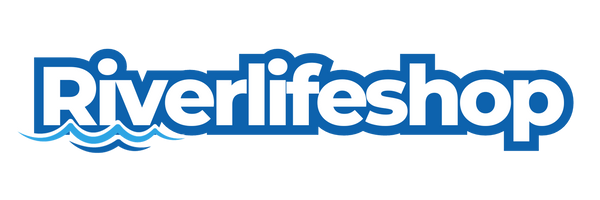A career as a towboater will take you from the mundane to the extreme, and you have plenty of ways to rise through the ranks and hone your skills as a seafarer crucial to the moving parts of maritime transportation. If you want to make your way along the rivers and handle bigger boats, check out this article on how to become one of the greatest towboaters out there.
Introduction
Towboating is not a game for meek beings. She argues that it is down to a combination of practical know-how, physical stamina and a love of the sea. As a Towboater, you will navigate and pilot vessels safely and effectively through different waterways, and that is for the purpose of transporting goods. This article provides you with a step-by-step explanation on how to become a towboat deckhand.
Step 1: Education and Basic Qualifications
Obtain a High School Diploma or Equivalent
For each location and job below, a high school diploma is normally necessary to be considered for work as a towboater. Particularly useful additional qualifications include courses in mathematics, physics and vocational training in relation to marine technology.
Gain Basic Maritime Experience
Begin with low-ranking maritime jobs Enlist as seamen, work in other support roles and receive on-the-job training and invaluable exposure to the machinations of the seas.
Step 2: Required Certifications
Get Your Transportation Worker Identification Credential (TWIC)
All maritime workers have to possess the TWIC. Gain access by applying through the Transportation Security Administration (TSA) and successfully completing the security threat assessment.
Get Your Merchant Mariner Credential (MMC)
The MMC is a requirement to be able to operate a towboat and it is issued by the US Coast Guard. This includes a background check, drug test and a physical exam.
Step 3: Specialized Training and Licenses
Complete a Coast Guard Approval Training Program
One way you can go about this is to enroll in a training program that covers different skills—e-navigation, safety procedures, and vessel operations, among others. Many of these programs consist of a mix of classroom and practical training.
Obtain Relevant Endorsements
Depending on your career goals, you may be required to have other endorsements on your MMC, such as radar observer, firefighter, and first aid/CPR.






